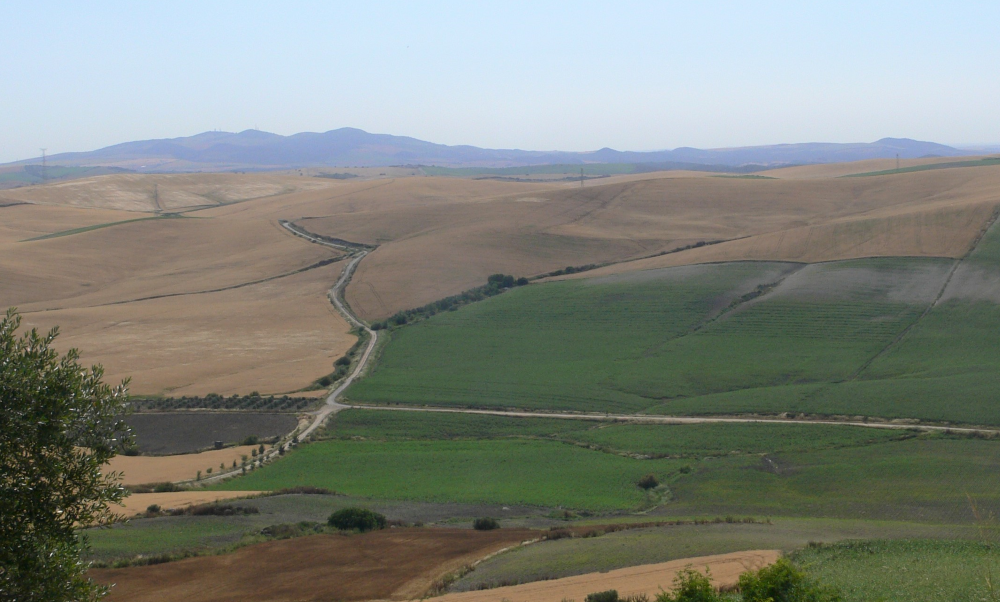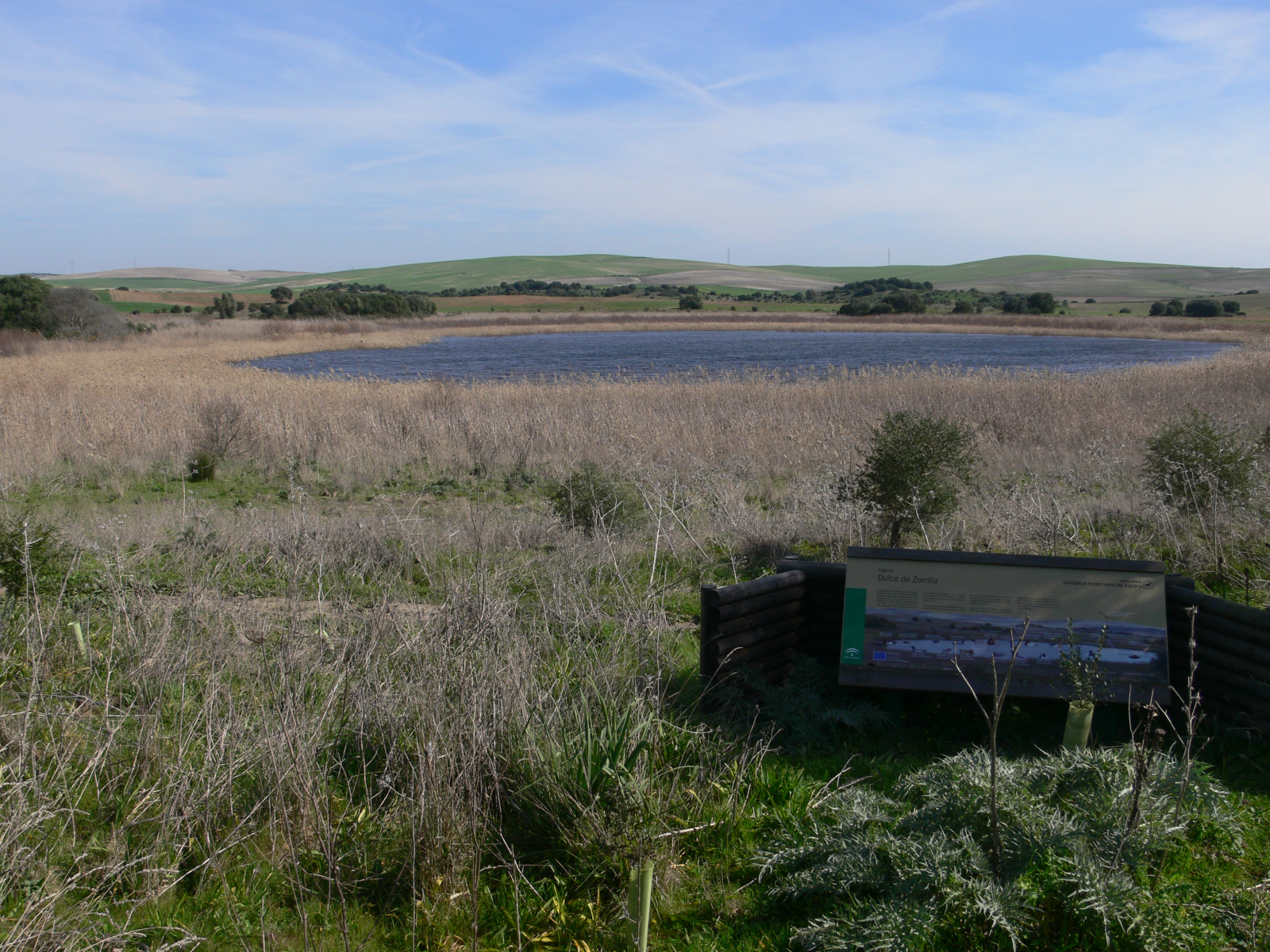Description
Access to the lagunas takes you across several kilometres of a mixture of farmland and scrub where Potârniche cu picioare roșii, Ciocârlan, Ciocârlie de Bărăgan and other small passerines abound. This, in turn, attracts birds of prey such as Acvilă mică, Șerpar and Erete sur in summer and during passage/winter Erete vânăt, juvenile Acvilă porumbacă and occasionally Acvilă de câmp iberică.
After c5km from Espera you reach the first laguna - Laguna Hondilla - which is viewable from the track. This laguna, though, is choked with willow scrub and of the three the least productive laguna for birds although it usually holds the odd Rață cu cap alb and has had Lișiță cucuiată . Roughly 500m further on the largest laguna - Laguna Salada de la Zorrilla - comes into view on the left (as you come from Espera). A footpath takes you along the edge of the laguna but viewing is difficult thanks to a screen of bushes and reeds. A hide on the left after c300m gives a better view but you need a telescope and bushes and trees still obscure the view. Look here for Rață cu ciuf, Rață cu cap alb , Corcodel cu gât negru, Găinușă albastră and Flamingo roz. Rață porumbacă also occurs. Lișiță are common but picking out its rarer relative here is very tricky as views tend to be distant. Uligan pescar can be seen particularly as the local population (breeding & wintering) continues to expand. The reeds and scrub are home to a variety of warblers: Lăcar de stuf , Lăcar mare, Frunzăriță melodioasă , Silvie mediteraneană, Silvie de câmp and Stufărică pătată.
A further c1km along the path takes you to the last laguna - Laguna Dulce de la Zorrilla - which holds all the previously mentioned species but tends to be the best for Lișiță cucuiată. Once again viewing can be difficult as it is well screened by tall reads and scrub. Pasărea ogorului can also be found in the area.
Returning to the main track either go back along the track to Espera or continue along the track (which is usually in slightly better condition than the setion from Espera) for c4 km to a minor road (SE 6201). The latter option gives you a good chance of seeing Vrabie negricioasă and an outside one of Gaie cenușie. It also allows you to check a second less well known site, Lagunas de Lebrija.
Details
Access
The route from Espera is signposted from a roundabout at the north end of the village and then from the SE 5207. However, the first 800m of this track can be rutted and waterlogged in which case follow signs through Espera to the Cementerio (or nearby Castillo de Fatetar) and drop down the join the track beyond the difficult section. (Note that the route through the village is narrow in places). Alernatively arrive in the opposite direction from the SE 6201. Parking along the track is straight forward.



